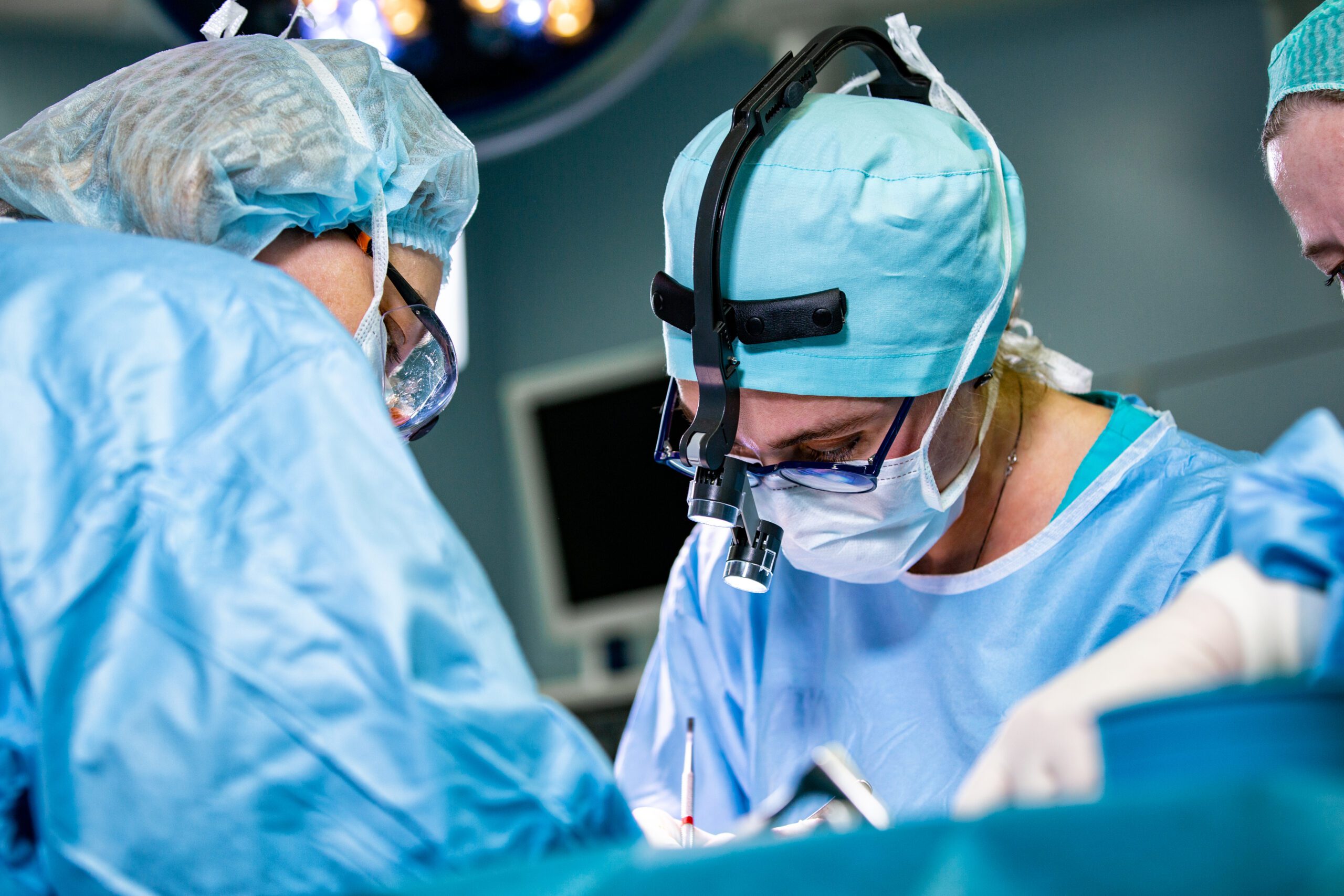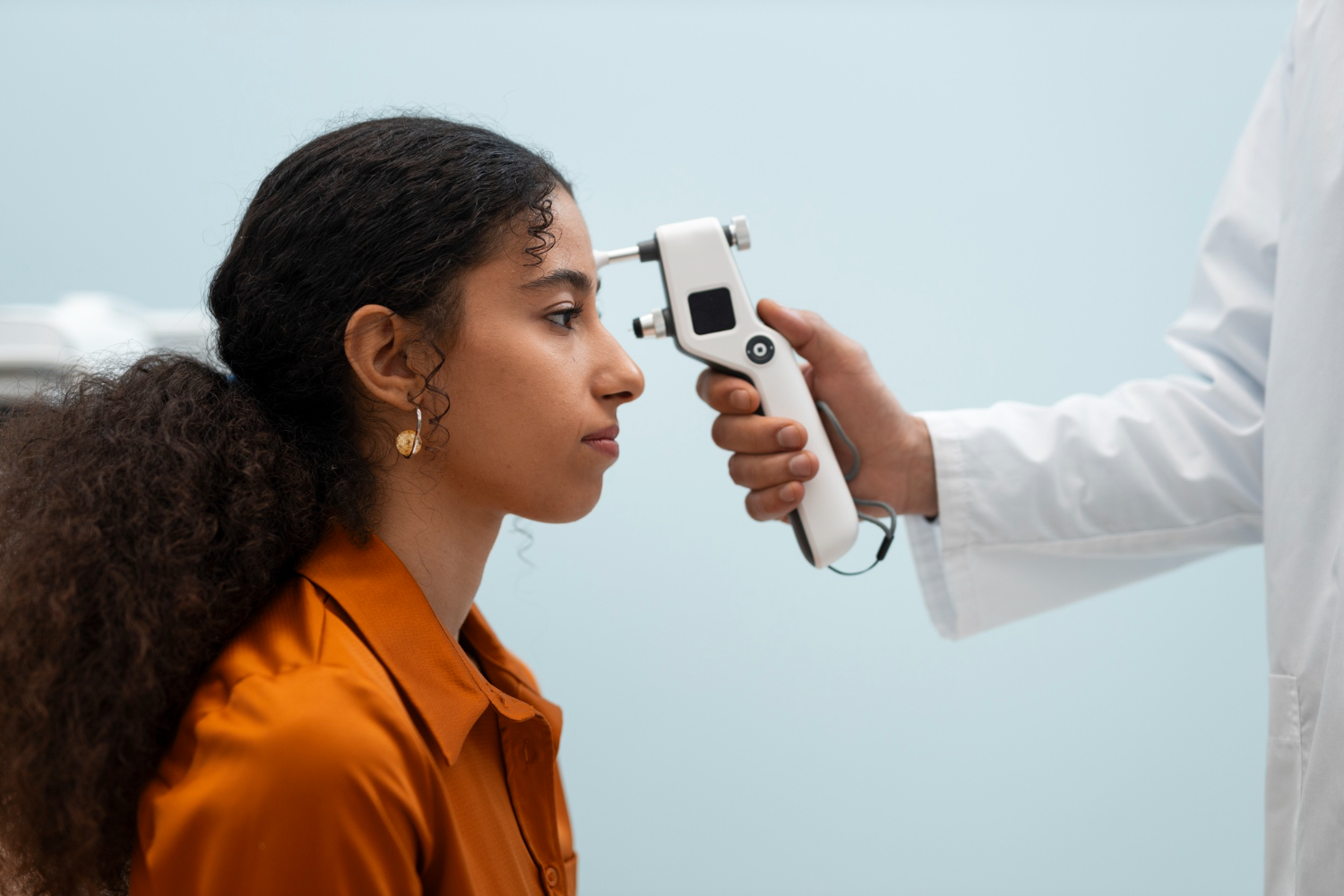PRK surgery, short for Photorefractive Keratectomy, is an advanced ophthalmic procedure designed to correct refractive errors such as myopia, hyperopia, and astigmatism. Allow me to provide you with a detailed explanation of how this procedure works:
Introduction: PRK surgery offers an alternative to other refractive procedures like LASIK. It focuses on reshaping the surface of the cornea, improving the way light is focused on the retina, and subsequently enhancing vision.
Procedure Steps:
Step 1: Preparation: 1.1. Prior to the surgery, you will undergo a comprehensive eye assessment to determine if you are a suitable candidate for PRK surgery. 1.2. During this assessment, we will discuss your expectations, answer your questions, and address any concerns you may have.
Step 2: Epithelial Removal: 2.1. On the day of the procedure, you will recline in a chair in the operating room. 2.2. An instrument or femtosecond laser will be used to gently remove the transparent top layer of cells of the cornea, known as the corneal epithelium. 2.3. The removal of the epithelium allows access to the underlying corneal tissue for further reshaping.
Step 3: Corneal Reshaping with Excimer Laser: 3.1. Once the epithelium is removed, I will use an excimer laser to carefully reshape the underlying corneal tissue. The laser removes small amounts of tissue precisely to correct the cornea’s shape. 3.2. This reshaping adjusts how light enters the eye, leading to improved focusing ability.
Step 4: Epithelial Healing: 4.1. After corneal reshaping, a therapeutic contact lens is placed on the treated eye to protect it and facilitate healing. 4.2. Over the following days, the corneal epithelium regrows, adhering to the reshaped surface.
Recovery and Results: Recovery after PRK surgery may take longer compared to some other procedures. You will experience a gradual improvement in vision as the eye heals and the epithelium regenerates.
Benefits of PRK Surgery:
- Safe alternative for patients with thin corneas or special conditions.
- Lower risk of complications associated with flap creation.
- Effective correction of refractive errors.
Postoperative Care: Following medical guidelines during the healing process is essential. Regularly attending follow-up appointments is crucial to ensure successful recovery.
Conclusion: PRK surgery offers a valuable option for correcting vision problems and enhancing your quality of life. If you have further questions or concerns, do not hesitate to inquire at any time.
Feel free to customize this translation to match your communication style and your patients’ needs. Maintain a clear and calm tone to ensure your patients understand the procedure and feel well-informed and comfortable.






